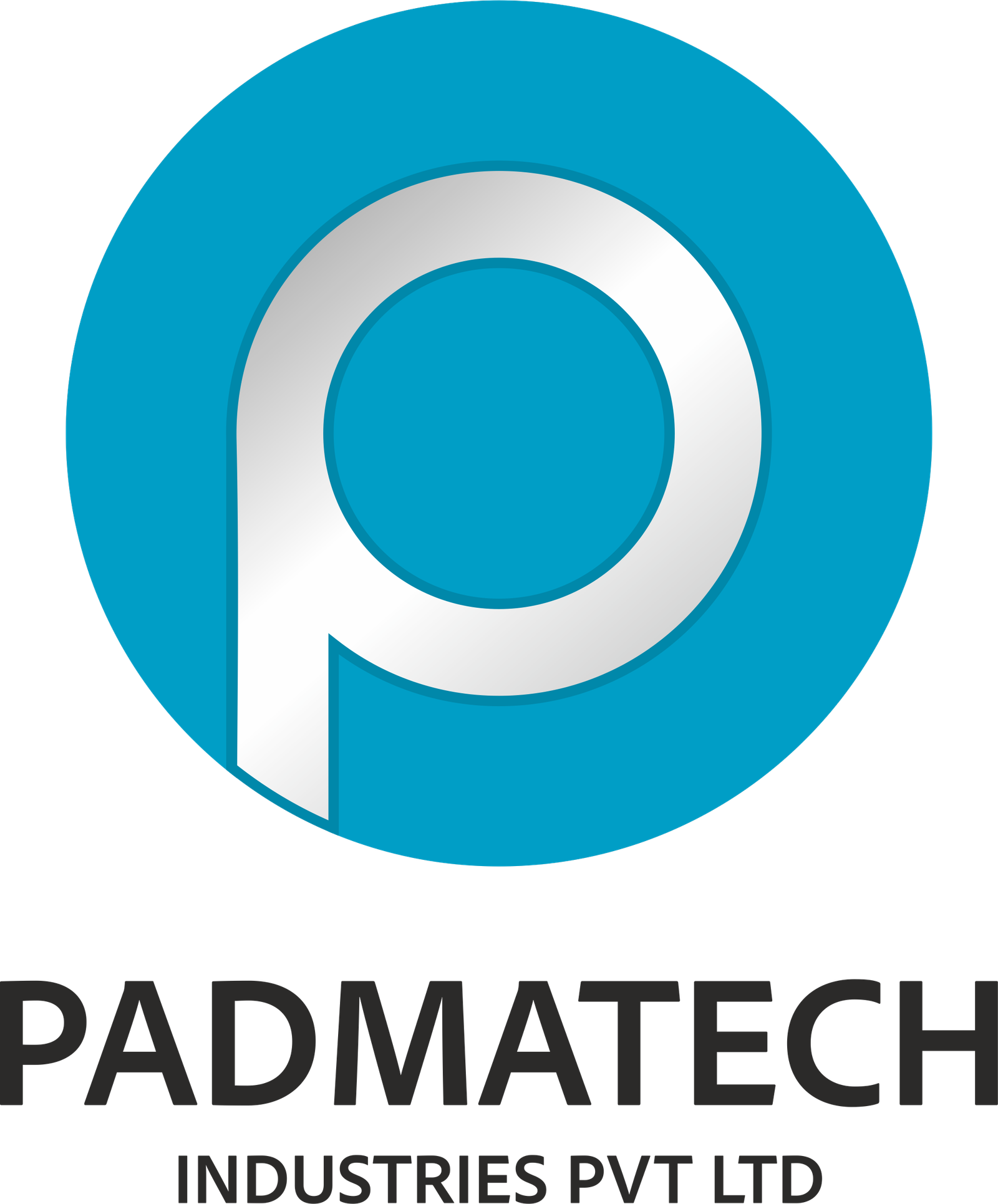Dry Granulator Machine Complete Guide

Dry Granulator The Complete Guide
Granulation, a method of molecule broadening by agglomeration, is perhaps the main unit activities in the creation of drug dose structures, generally tablets and capsules. In the granulation cycle, little fine or rough particles are changed over into huge agglomerates called granules. In the granulation process, little fine or rough particles are changed over into huge agglomerates called granules. For the most part, granulation starts after introductory dry blending of the important powder fixings alongside active pharmaceutical ingredient (API), with the goal that a uniform dispersion of every ingredient all through the powder combination is accomplished.
In spite of the fact that granules utilized in the pharmaceutical industry have molecule size in the scope of 0.2-4.0 mm, they are basically delivered as a middle person with a size of 0.2-0.5 mm to be in like manner pushed as an estimations outline or be mixed in with other excipients before tablet compaction or case filling.
Concept of Dry Granulator
Dry granulation is a cycle whereby granules are framed without the guide of any fluid arrangement. The cycle is utilized if the ingredients to be granulated are delicate to moisture or heat. Compaction is utilized to densify the powder and structure granules.
The cycle is completed utilizing a slugging device or a roller compactor/tablet press machine. It is imperative to take note that if a tablet press is utilized for the dry granulation measure, the powders may not have enough regular stream to take care of the item consistently into the bite the dust cavity, bringing about shifting levels of densification, prompting non-uniform granules when they are processed.
Important Factors of Dry Granulator
Slugging:
The first technique for dry granulation utilized a hardcore tablet press to minimize the dry powder. The compacting cycle for this situation is known as slugging and the compacted material was accordingly as “slugs” – regularly 25 mm in width and 10-15 mm thick.
A hammer mill is ideal for separating the slugs to make granules. An assembling organization may likewise utilize a traditional tablet machine or a heavy-duty rotary press for compacting the dry powder.
Roller Compactors:
A gentler option in contrast to slugging is compaction utilizing a roller compactor. In this system, the mixed powder is just barely gotten through two counter-turning rollers to shape a packed sheet. The sheets are fragile and break effectively into pieces.
The drops need cautious treatment to break them into granules, after which they can be processed to the ideal size. Roller-compaction or dry-granulation hardware offers a wide scope of pressing factors and move types to accomplish appropriate densification.
This equipment is boisterous and dusty contrasted and other process machinery. Material feed rates are basic for achieving the last evenhanded. The process may require rehashed compaction steps to achieve the appropriate granular endpoint.
Pros of Dry Granulator Process
The following are a portion of the fundamental reasons why you can think about dry granulation
- Require Less Space: In any material handling arrangement, space is consistently a significant issue. Nonetheless, with regards to dry granulation, the plan of the machine is that it requires less space.
- Appropriate for both Hard Continuous and Batch Granulation Process.
- Guarantees Quality Granules: High mechanical strength of granules, Uniform size and state of granules, and Unsurprising creation With these, you can without much of a stretch streamline resulting tasks such as capsule filling or tablet pressure. This is on the grounds that you realize what’s in store from your granules.
- Offers Cost Saving Granulation Process: Much of the time, you will understand that dry granulation ensures a low cost of operation. Moreover, it is additionally a proficient method to form granules. Once more, the way that the dry granulation gear requires less space is additionally an approach to save costs.
- Improving Tablet Disintegration: A roll compactor machine produces granules which when you use to make tablets, improves breaking down of the eventual outcome. Ordinarily, such tablets have high water-take-up capacity since the way toward shaping granules doesn’t need water.
Cons of Dry Granulator Process
The following are a portion of the key viewpoints you need to know prior to choosing this manufacturing process:
A Poorly Designed Machine Produces More Dust:
The probability of air pollution is high since the machine produces granulation without adding a fastener arrangement or granulation arrangement. With dust, there is a high chance of cross defilement.
Dry Granulation may Require More Power:
Organizations that utilization slugging measures heavy duty machines that require more force. This can make the production process significantly more costly.
Final Thoughts
This Blog will help for selecting dry granulator and also clear all problems related to dry granulator. Padmatech Industries are a leading granulator manufacturers for more than 20 years. They are created innovative, cost-effective, and customize granulator machines as per your project needs.
